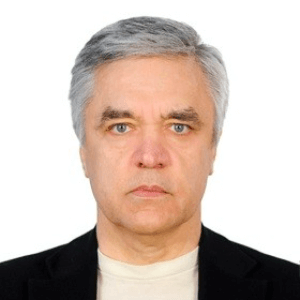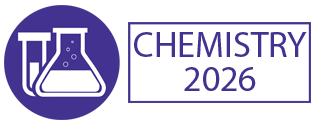Radiobiological chemistry
Radiobiological chemistry is the study of the interactions between radiation and biological systems. It is an interdisciplinary field that combines the fields of biology and chemistry with physics, specifically radiation. This research is critical for understanding the biological and physiological consequences of radiation exposure. Radiobiological chemistry involves the study of the chemistry involved in radiation-material interactions, as well as how radiation interacts with and affects living organisms at the molecular, cellular, and organismal level. To achieve this, researchers must understand both the physics of radiation, as well as the biological and chemical processes of the affected tissue and organs. This facilitates the evaluation of the effects of different types of radiation, which may include X-rays, gamma-rays, and charged particles. Through radiobiological chemistry, scientists can create strategies for protecting people from radiation exposure and the development of radiation countermeasures using drugs and other treatments. This research is also necessary for understanding the effects of radiation in cancer and cancer treatment, as well as assessing radiation safety risks in nuclear facilities. Radiobiological chemistry combines experimental and computational methods. For example, biological assays are used to measure the effects of radiation, while mathematical modeling is used to verify the accuracy of data and extrapolate it to other settings. Radiobiological chemistry is then used to create predictive models of biological responses to radiation and to understand the mechanisms of how radiation affects tissue and cells. Radiobiological chemistry is an emerging field that has great potential to provide insight into the effects of radiation and protection from radiation exposure. Through future research, we will be able to understand radiation more extensively, mitigating its effects and improving safety for people working in potentially hazardous environments.

Hossam A Gabbar
Ontario Tech University, Canada
Victor John Law
University College Dublin, Ireland
Alexander Bagaturyants
National Research Nuclear University MEPhI, Russian Federation
Sergey Suchkov
N.D. Zelinskii Institute for Organic Chemistry of the Russian Academy of Sciences, Russian Federation
Shree Niwas Chaturvedi
Centre for Aptitude Analysis and Talent Search, India
Pieter Samyn
SIRRIS, Belgium




Title : Advances in plasma-based radioactive waste treatment
Hossam A Gabbar, Ontario Tech University, Canada
Title : Unraveling the ultrastructure and functions of the neuronal membrane skeleton using super-resolution fluorescence microscopy
Zhou Ruobo, Djillali Liabes University of Sidi Bel Abbes, Algeria
Title : Solar box cooker dehydration, and relative humidity endpoint detection, of lamiaceae culinary leaves on the island of Crete
Victor John Law, University College Dublin, Ireland
Title : Nutrient and heavy metal loads from the Ribeiras to Coastal zones: A land-ocean continuum perspective in Madeira Island
Aracelis Del Carmen Narayan Rajnauth, University of Porto, Portugal
Title : Prospective polyoxometalate-based covalent organic framework heterogeneous catalysts
Arash Ebrahimi, Comenius University Bratislava, Slovenia
Title : Eliminating implant failure in humans with nano chemistry: 30,000 cases and counting
Thomas J Webster, Brown University, United States